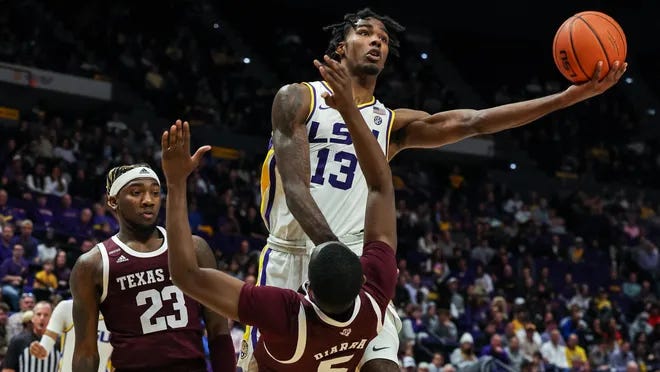Prospect Microscope: Tari Eason
The LSU product might take some draft-night moving and shaking, but he has all the tools to thrive in the modern NBA.
Tim Connelly has barely been the President of Basketball Operations (POBO) for the Minnesota Timberwolves long enough to adjust the lumbar support on his new chair. The first wisp of steam has only just crept over the rim of his first coffee, but Connelly’s task of not only sustaining the mild success that the Wolves found in the 2021-22 season, but fur…
Keep reading with a 7-day free trial
Subscribe to Howls and Growls to keep reading this post and get 7 days of free access to the full post archives.




